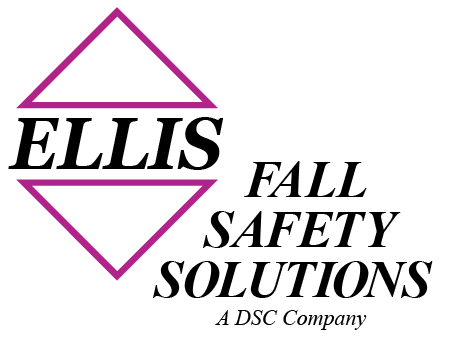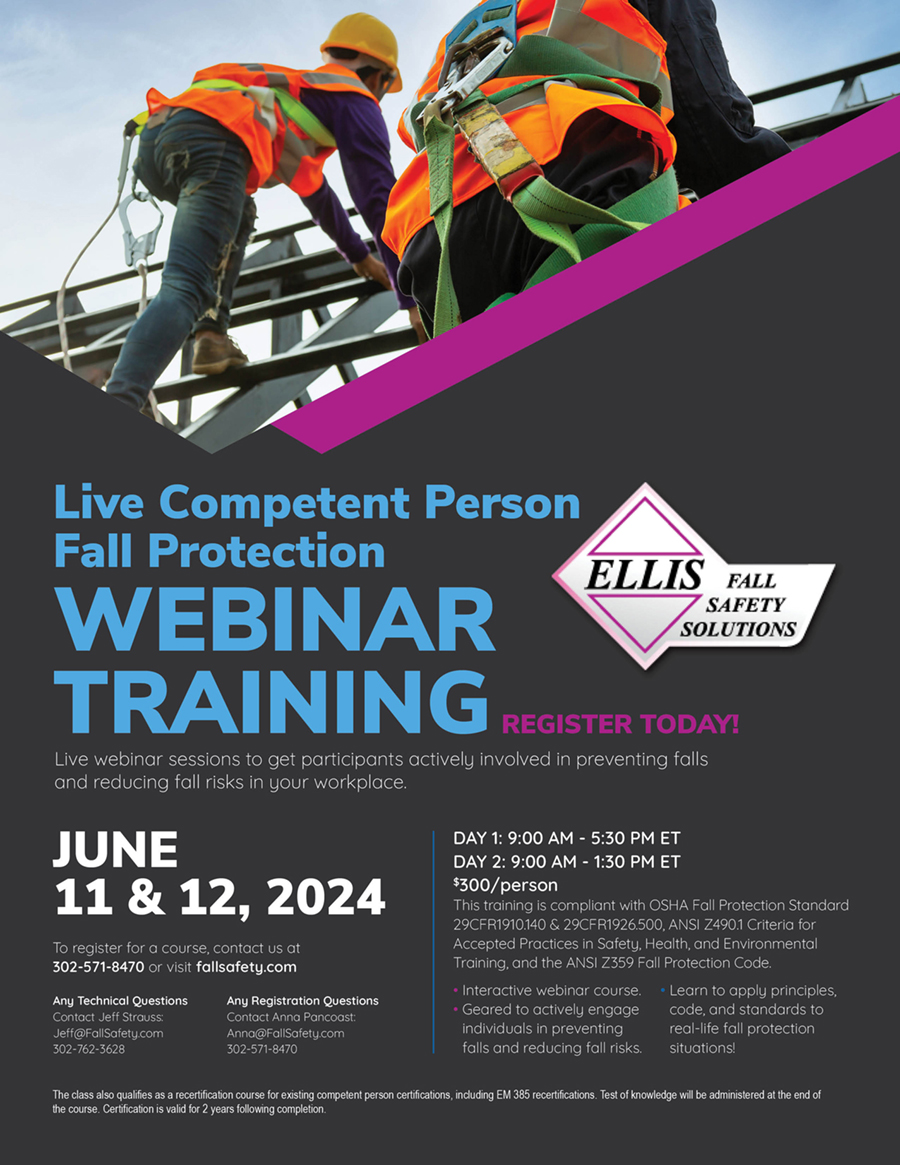Back To FAQ Topics
As a rehab physician, I have seen serious injuries secondary to hunting accidents where the tree stand breaks and the hunter is suspended by the harness. Last week, a patient asphyxiated while waiting to be resued. SOLUTION? Please submit information about these hunting harnesses. I work with HONDA of America and understand that industrial harnesses may be different. ANY INFORMATION would be appreciated.
Good for you reaching out in this area to understand more. I am very knowledgable of the physical problems facing hunters who use tree stands and asphyxia in belts particularly. (Full Body Harnesses on occasion if the hunter attempts to release himself). There is no practical rescue procedure (except for the Summit Seat-O’the-Pants self-rescue design, possibly with adequate training), and no time to wait due to remoteness is the combined problem. This is the climbing tree stand design. The hang-on tree stand is different in that the ladder section extends to the ground. Thus weight can be relieved from the belt or harness to avoid asphyxia. The quality of the ladder design is critical, for example individual screw-in steps may be worthless if the peg rotates or falls out. The lean-to ladder stand may be more helpful but sometimes slides off the tree as the hunter is trying to secure the upper bearing point around the tree trunk as (s)he reaches. The tree stand advertising for safety and comfort is far out and builds overconfidence I feel by most manufacturers.
Our client, involved in a litigation where a tree stand used for deer hunting was attached to a tree using bungee cords, is looking for an expert in safe tree stand design and construction. The expert shall opine on whether it is common or accepted practice to construct a tree stand using bungee cords and whether a safe design and construction of a tree stand would use such a fastener. The expert shall also opine on alternatives for the design and construction of a safe tree stand, and shall consult, report and may testify.
The answer is not as straightforward as your client would like. The safety engineering approach to design flaws out is to identify hazards and offer solution options. There are three main types of tree stand and the climbing tree stand* is the most dangerous because of the uncertainty if the foot stand plummets. Therefore, the fall protection and self-rescue become extremely important along with labels and instructions that get attention first by adopting the ANSI label standard which has not yet been done. Also if both stands are attached together the chance of a long fall is reduced and hopefully the footstand can be reached. Tests to reliable standards must be conducted with materials that hold up; no slippage under usage conditions must be permitted. I can point out the hazards and provide safety solutions but I cannot guarantee that a particular tree stand design today will not fail on a particular tree. That is why I supported the prohibition of climbers to the CPSC. This was denied based on the standards work starting with the ASTM. However apart from standing harness suspension relief devices, the ASTM committee of which I am a member has not proposed the self rescue yet even though I and the CPSC representative are continually pressing for this with an unbalanced committee membership. The full body harness was however one suggestion that became a requirement very quickly so as to give the hunter time to think. *Hang-ons and ladder-type tree stands have their own set of problems much brought on by the hunting remoteness issues and near impossibility of a prompt assisted rescue. Design flaws abound in an industry that has no trained engineers that we have found nor experts in mass production techniques including welding design and implementation. And who would expect a reliable (parachute) sliding bar buckle to be so poorly understood by hunters who prefer to thread straps like their belt pants (under over and through). That is why I don’t want them attached to the tree with that design because this threading perhaps holds 20 lbs but not 220 lbs. So thould the industry hold focus groups to detect flaws in their assumptions? Yes, but will they? Do they feel they can they stay in business with increased technology and quality control? Remember that the automobile since Henry Ford has taken ages to develop safety features along with the road conditions and which continues today. The question today is what is the specific hazard and what is the known remedy for that hazard that a jury can appreciate that despite it’s availability the manufacturer chose to make profits instead of safer cars. Remember the Pinto case?
As a rehab physician, I have seen serious injuries secondary to hunting accidents where the tree stand breaks and the hunter is suspended by the harness. Last week, a patient asphyxiated while waiting to be resued. SOLUTION? Please submit information about these hunting harnesses. I work with HONDA of America and understand that industrial harnesses may be different. ANY INFORMATION would be appreciated.
Good for you reaching out in this area to understand more. I am very knowledgable of the physical problems facing hunters who use tree stands and asphyxia in belts particularly. (Full Body Harnesses on occasion if the hunter attempts to release himself). There is no practical rescue procedure (except for the Summit Seat-O’the-Pants self-rescue design, possibly with adequate training), and no time to wait due to remoteness is the combined problem. This is the climbing tree stand design. The hang-on tree stand is different in that the ladder section extends to the ground. Thus weight can be relieved from the belt or harness to avoid asphyxia. The quality of the ladder design is critical, for example individual screw-in steps may be worthless if the peg rotates or falls out. The lean-to ladder stand may be more helpful but sometimes slides off the tree as the hunter is trying to secure the upper bearing point around the tree trunk as (s)he reaches. The tree stand advertising for safety and comfort is far out and builds overconfidence I feel by most manufacturers.
Our client, involved in a litigation where a tree stand used for deer hunting was attached to a tree using bungee cords, is looking for an expert in safe tree stand design and construction. The expert shall opine on whether it is common or accepted practice to construct a tree stand using bungee cords and whether a safe design and construction of a tree stand would use such a fastener. The expert shall also opine on alternatives for the design and construction of a safe tree stand, and shall consult, report and may testify.
The answer is not as straightforward as your client would like. The safety engineering approach to design flaws out is to identify hazards and offer solution options. There are three main types of tree stand and the climbing tree stand* is the most dangerous because of the uncertainty if the foot stand plummets. Therefore, the fall protection and self-rescue become extremely important along with labels and instructions that get attention first by adopting the ANSI label standard which has not yet been done. Also if both stands are attached together the chance of a long fall is reduced and hopefully the footstand can be reached. Tests to reliable standards must be conducted with materials that hold up; no slippage under usage conditions must be permitted. I can point out the hazards and provide safety solutions but I cannot guarantee that a particular tree stand design today will not fail on a particular tree. That is why I supported the prohibition of climbers to the CPSC. This was denied based on the standards work starting with the ASTM. However apart from standing harness suspension relief devices, the ASTM committee of which I am a member has not proposed the self rescue yet even though I and the CPSC representative are continually pressing for this with an unbalanced committee membership. The full body harness was however one suggestion that became a requirement very quickly so as to give the hunter time to think. *Hang-ons and ladder-type tree stands have their own set of problems much brought on by the hunting remoteness issues and near impossibility of a prompt assisted rescue. Design flaws abound in an industry that has no trained engineers that we have found nor experts in mass production techniques including welding design and implementation. And who would expect a reliable (parachute) sliding bar buckle to be so poorly understood by hunters who prefer to thread straps like their belt pants (under over and through). That is why I don’t want them attached to the tree with that design because this threading perhaps holds 20 lbs but not 220 lbs. So thould the industry hold focus groups to detect flaws in their assumptions? Yes, but will they? Do they feel they can they stay in business with increased technology and quality control? Remember that the automobile since Henry Ford has taken ages to develop safety features along with the road conditions and which continues today. The question today is what is the specific hazard and what is the known remedy for that hazard that a jury can appreciate that despite it’s availability the manufacturer chose to make profits instead of safer cars. Remember the Pinto case?

